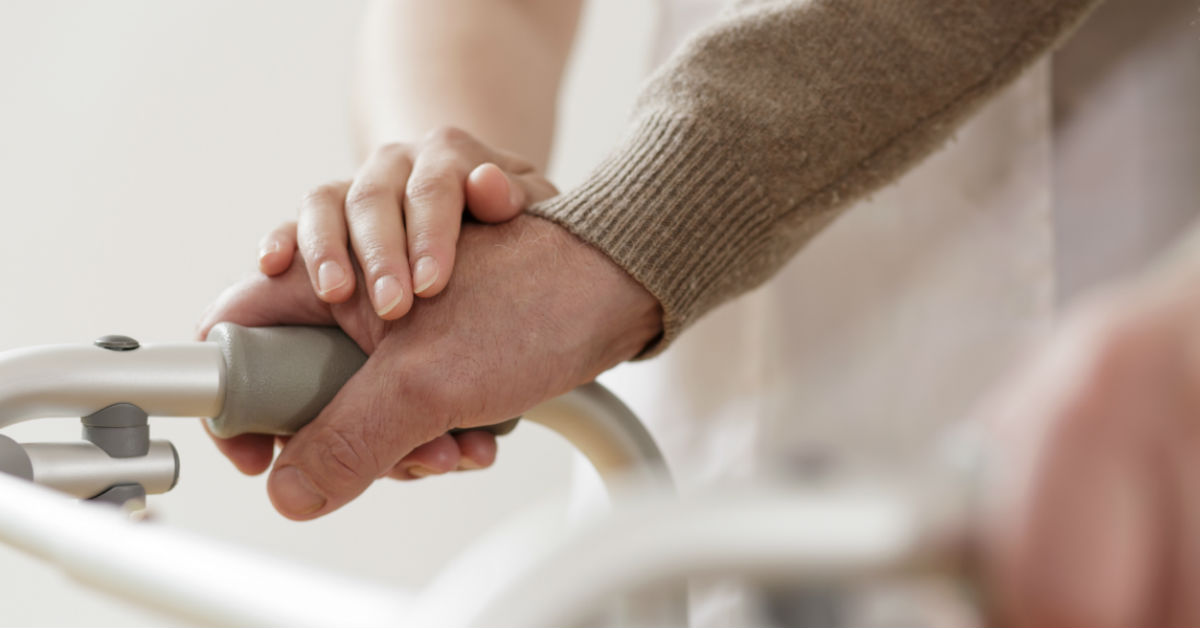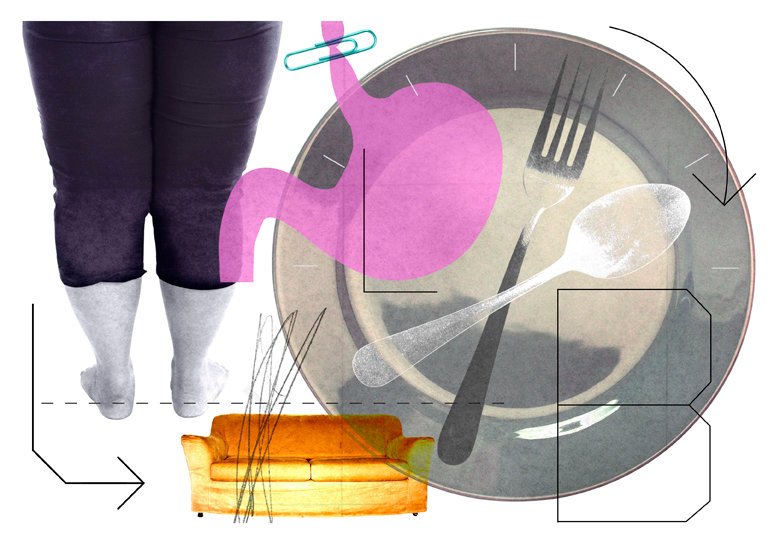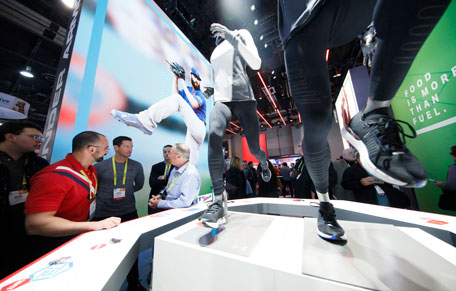KThe Transportation Security Administration (TSA) confirms to Allergic Living that heightened security measures for carry-on items, which are now being rolled out at U.S. airports across the country, can include food screening. While the focus has been on the fact that any electronics larger than a cell phone must go into security bins, TSA agents may additionally ask you to put carry-on foods into these bins.
Putting food and electronic devices in separate bins helps TSA officers to get a clearer X-ray image of the items.
The food measure, which affects allergic travelers since they must carry-on their own safe foods and avoid cross-contact, was drawn to Allergic Living by a travel agent serving families traveling to Disney World in Orlando. On her Facebook page, Jennifer Hardy also warned that the TSA is “checking all food (candy, snacks, fruits)” at Orlando International Airport.”
![]()








